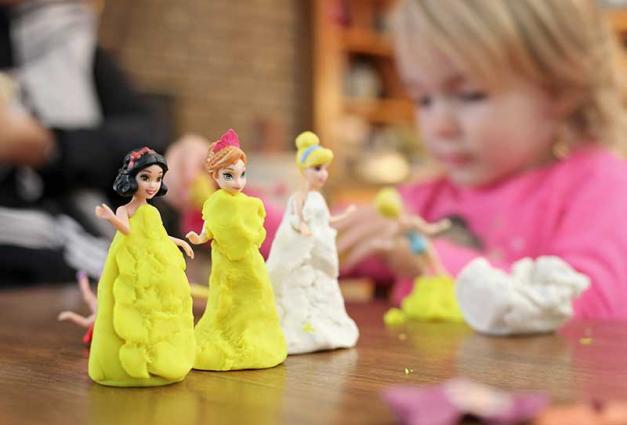Most of us have some awareness of how people around us feel. For example, when a colleague is angry, or when our romantic partner is upset, we often get a sense of their vibe. Our ability to 'read' others is heavily dependent on our understanding of their emotional expressions. By observing a friend's emotional displays—such as teary eyes or a gasp of air—we are able to tell apart their sorrow from their fear.
But are we able to make these same inferences for specific 'feel good' emotions?
Take a moment to recollect how your favorite athlete would look, first in the initial moment when they win, and next when they deliver their post-match interview thanking their coach. Intuition tells us that being triumphant looks different from being grateful.
We set out to test this notion in a systematic manner, by asking people how four positive emotions (gratitude, triumph, interest, and being "moved") are usually displayed in their everyday environments. Participants were first asked how members of their society would in general express each emotion, and next provided examples of commonly used expressive cues (in face, voice, body, touch, words, as well as other). They then indicated all cues that applied to the display of each positive emotion.
Of course, everyday environments vary from culture to culture, and we were interested in examining whether people from different societies might have divergent views on how positive emotions are expressed. To test this, we reached out to people from 11 countries that differ in terms of values and norms including the United States, Germany, India, Russia, and China, and asked them how positive emotions are typically expressed by members of their society.
How Do Positive Emotions Look?
To our surprise, people were largely in agreement about how specific emotions are displayed in their cultures.
- Gratitude was thought to be expressed mainly with words (89% of people across cultural samples agreed)
- Triumph was believed to be displayed through a combination of body movements (84%), vocal cues (80%), and facial expressions (70%)
- Interest was deemed to be expressed through words (80%) and the face (71%)
- Being "moved" was thought to be displayed primarily through facial expressions (86%)
However, in addition to these consistencies, some meaningful culture-specific patterns also emerged.
In China, being "moved" was thought to be expressed not only with the face, but in combination with words. Perhaps the use of words is meant to be compensatory. We know from previous empirical work that facial expressions of emotion are highly regulated in Chinese society, which could possibly explain why words are added to communicate how moved someone feels.
In India, gratitude was believed to be expressed not just with words, but also the face, body, and touch. Relationships and family connections are essential parts of Indian society, and these ties are often maintained through clear displays of thankfulness. Perhaps people amplify their gratitude expressions in such ways, to ensure they are understood by others.
And finally in the United States, triumph was deemed to be expressed with words on top of nonverbal cues. In an achievement-oriented society like the U.S., explicitly communicating one's competence is especially important for navigating social life, which may explain the additional use of words in this cultural context.
In summary, our findings demonstrate that people have cross-culturally consistent notions of how specific positive emotions are expressed. Being "moved" shows on our face, gratitude is spoken, interest is displayed with a combination of the two channels, and triumph is shown with body movements, facial expressions, and vocalizations.
We have a rich palette through which we show our 'good feelings,' and the best part is, others can (quite accurately) share in our joy!
For Further Reading
Manokara, K., Đurić, M., Fischer, A., & Sauter, D. (2021). Do people agree on how positive emotions are expressed? A survey of four emotions and five modalities across 11 cultures. Journal of Nonverbal Behavior, 45(4), 601-632. https://doi.org/10.1007/s10919-021-00376-0
App, B., McIntosh, D. N., Reed, C. L., & Hertenstein, M. J. (2011). Nonverbal channel use in communication of emotion: How may depend on why. Emotion, 11(3), 603–617. https://doi.org/10.1037/a0023164
Matsumoto, D., Yoo, S. H., & Fontaine, J. (2008). Mapping expressive differences around the world: The relationship between emotional display rules and individualism versus collectivism. Journal of Cross-Cultural Psychology, 39(1), 55-74. https://doi.org/10.1177/0022022107311854
Kunalan Manokara is final year PhD Student at the University of Amsterdam. He examines how positive emotions relate to everyday social phenomena, by combining observational and experimental methods.
Disa Sauter is Associate Professor at the University of Amsterdam, and Director of the Amsterdam Interdisciplinary Center for Emotion (https://aice.uva.nl)




